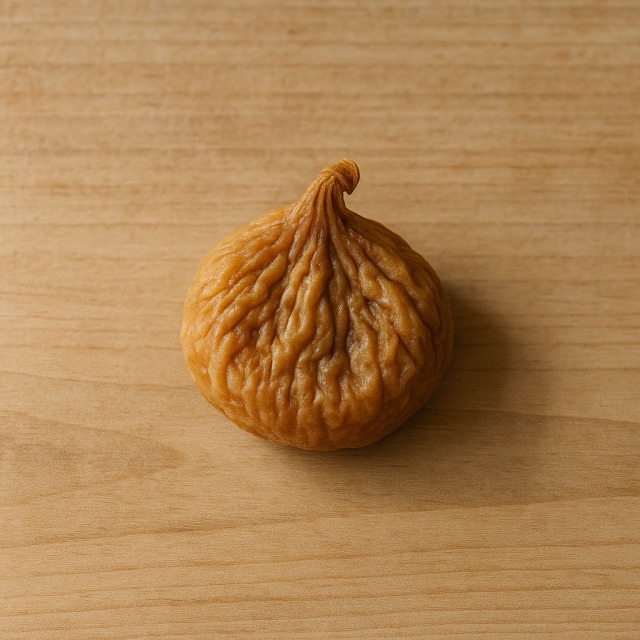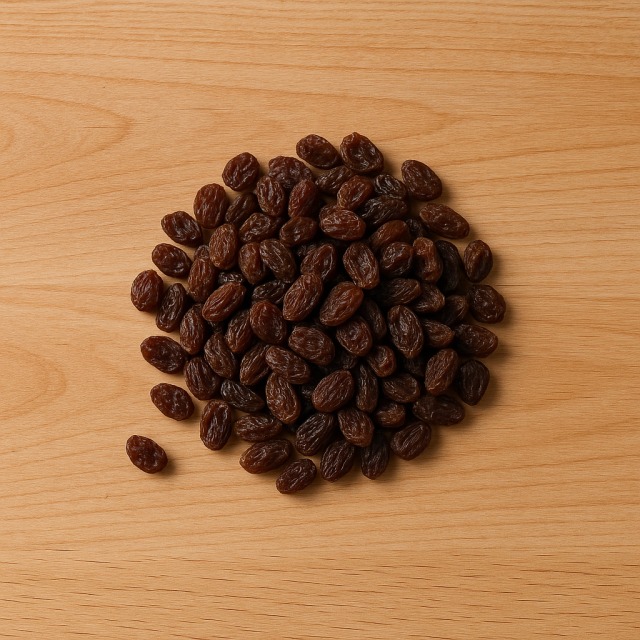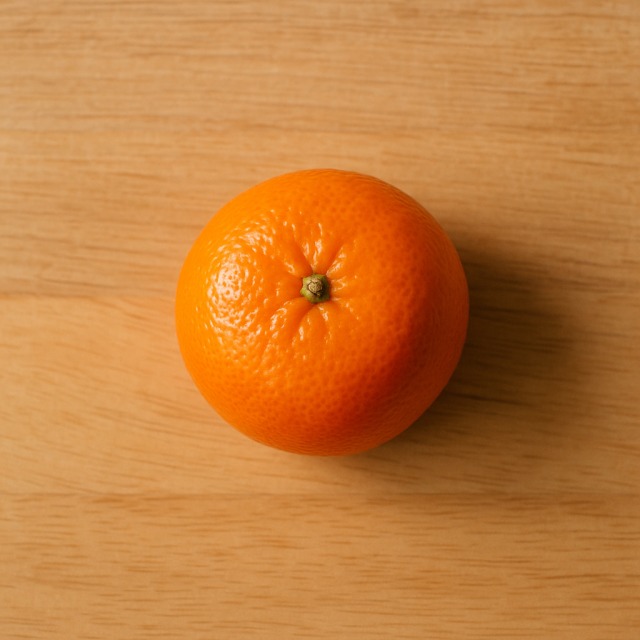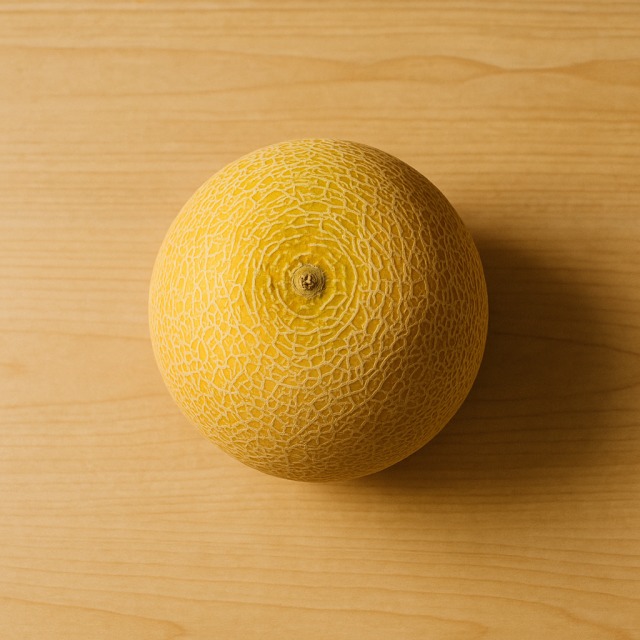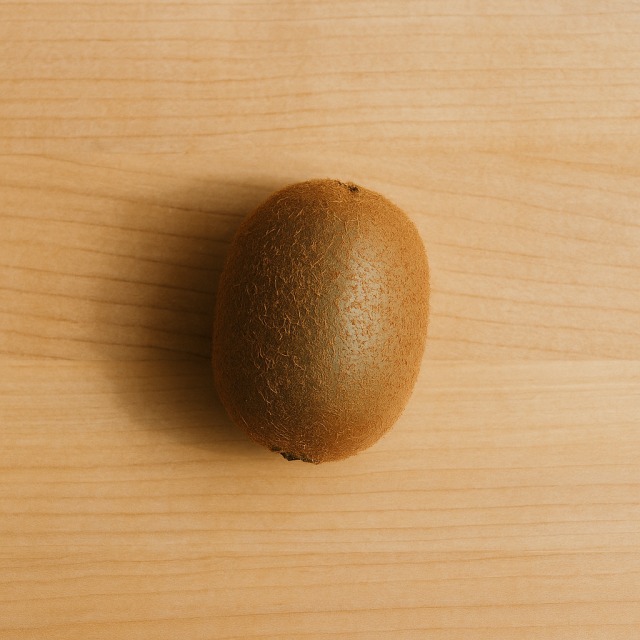Calorie Chart / Fruits / Dried apricot
How Many Calories Are in Dried apricot?
Calculation of the nutritional value & Recommended Dietary Intake of dried apricot
For g and a calorie requirement of kcal
| Calories 18 kcal | Proteins 0.4 g | Lipids 0.1 g | Carbohydrates 4 g |
| 1% | 1% | 0% | 1% |
Health benefits of dried apricot
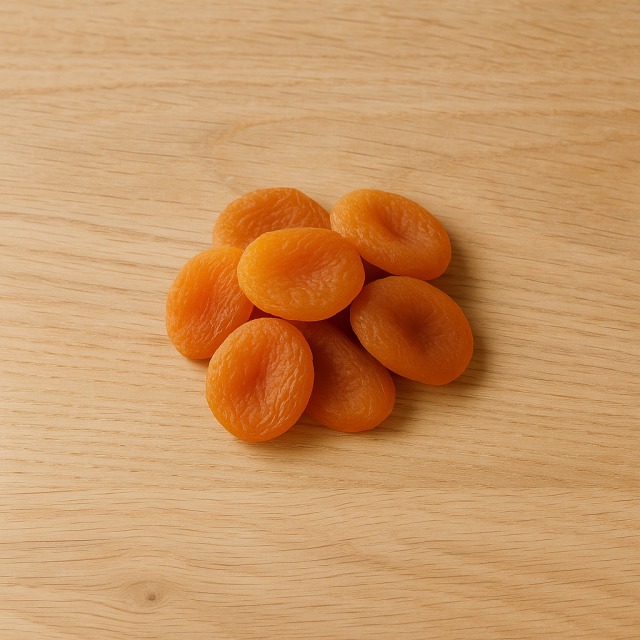
Dried apricot - 100g
Calories 182 kcal
Proteins 4 g
Lipids 0.6 g
Carbohydrates 40 g
Dried apricot is considered a moderate-to-high calorie dried fruit (182 kcal / 100 g), but it packs a remarkable density of micronutrients. It is naturally rich in provitamin A (beta-carotene), which contributes to normal vision and skin, and it contains notable amounts of potassium (supporting muscular and cardiac function) as well as iron, which is useful for people with increased needs such as athletes or women of childbearing age. The dehydration process also concentrates calcium, magnesium, and trace elements like copper and manganese.
The fruit's soluble fibres (mainly pectins) may help regulate intestinal transit and favour a slower absorption of sugars, which limits sudden spikes despite the sweet taste. Polyphenols such as chlorogenic acid provide supposed antioxidant protection against cellular ageing; although evidence is still evolving, these compounds are widely studied. Finally, its natural sweetness makes it an interesting alternative to refined sugar in baking while still delivering minerals—an asset for anyone tracking calories but unwilling to sacrifice taste.
Tips for incorporating dried apricot into a balanced diet
Because dried apricot is calorie-dense, portions of 30–40 g are usually sufficient for a balanced snack. Combine a handful with a few almond kernels or walnut pieces to add healthy lipids and proteins that further moderate glycaemic response. For breakfast, sprinkle diced dried apricot over warm oat flakes cooked in semi-skimmed milk, then finish with a spoon of yogurt for extra proteins without dramatically increasing calories.
In savoury dishes, its sweet-and-sour profile enhances couscous or a Moroccan-style tajine with chicken or lamb: incorporate 3–4 fruits per portion during the final simmering so they stay tender. You can also blend it into a stuffing for stuffed tomatoes together with quinoa and herbs—an original vegetarian main that keeps calories reasonable while boosting fibre.
Sporty people looking for rapid energy before a workout may mix chopped dried apricot into a homemade cereal bar along with sesame seeds and a drizzle of honey. The natural sugars offer quick fuel, whereas the minerals help replace those lost in sweat.
Frequently Asked Questions
- How many calories are in dried apricot?
- There are 182 kcal per 100 g.
- Is dried apricot healthier than fresh apricot?
- Both provide similar vitamins and minerals, but dehydration concentrates sugars and calories; therefore, portion size should be smaller for the dried version.
- Can dried apricot help prevent iron deficiency?
- With around 2–3 mg of iron per 100 g, dried apricot can contribute to daily intake, especially when eaten together with vitamin-C-rich foods such as orange to enhance absorption.
- Is dried apricot suitable for weight loss?
- Yes, if consumed in controlled portions (about 30 g), it offers fibre and nutrients while keeping overall calories in check.
- How should I store dried apricot to preserve its nutrients?
- Keep it in an airtight container away from light and heat; refrigerating prolongs shelf life and limits vitamin A degradation.
Similar foods
Information provided by Calorie Menu may contain inaccuracies or errors. It cannot, under any circumstances, substitute medical advice or medication.
